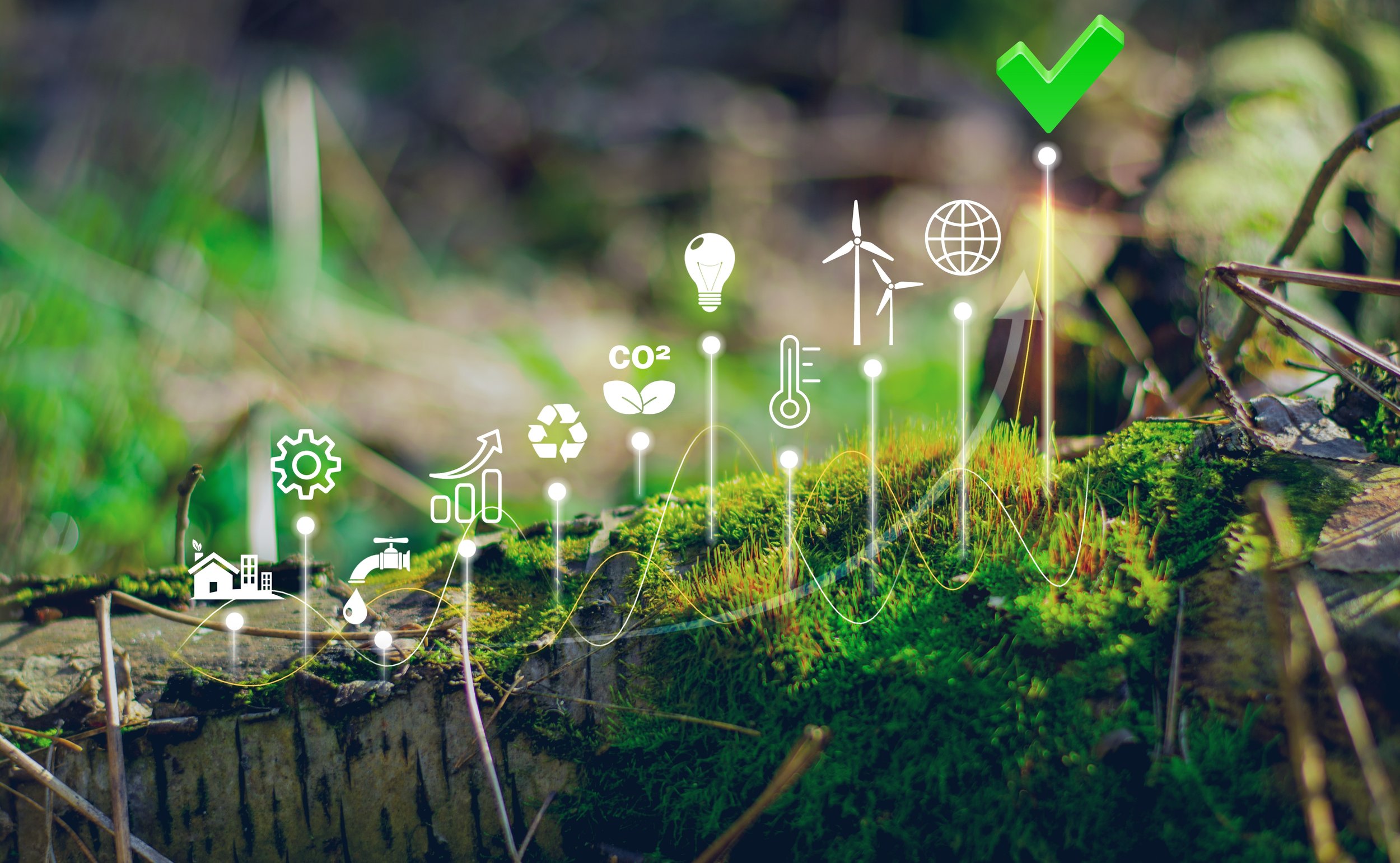Nanotech's Role in Clean Water Access & Public Health

It is estimated more than one billion people don’t have access to clean water.
The essential ingredient for all living organisms is facing the twin challenges of increasing levels of pollution and a deteriorating infrastructure. All compounded by ever-increasing demand.
But nanoscale innovation could be set to provide a solution.
Filtering out pollutants on a nanoscale
Courtesy of its ability to manipulate on a nanoscale – typically in the range of one to 100 nanometers (one nanometer being a difficult-to-get-your-head-around one billionth of a metre) – researchers have found the technology ideal to tackle the key problem of pollution.
By using nanomaterials such as graphene oxide and carbon nanotubes, scientists have been able to develop highly efficient water purification methods by incorporating them into filtration systems.
Due to the nanomaterials’ remarkable absorption properties, it enables them to capture and remove contaminants from water sources selectively, such as heavy metals, organic compounds and other pollutants.
The result? Water which is safe to use and even drink.
Global water purification market size
For investors, the opportunities are as clear as the purification process’ end product.
The global market for water purifiers is poised for substantial growth, with estimations suggesting a rise from USD 30.62 billion in 2022 to USD 50.66 billion by 2029. That’s a CAGR of 7.5%. This surge directly responds to the escalating global demand for clean and safe drinking water, fuelled by population growth, rapid urbanisation, and heightened awareness of waterborne diseases.
As communities become more conscious of water quality and the significance of reliable water supply, the market expansion opens up lucrative opportunities for manufacturers and providers of innovative water purification technologies and solutions.
Industry and Academic Insights in Funding Water Purification
Under the Desalination and Water Purification Research program, the Bureau of Reclamation – which oversees water projects across the western US - has granted funding to support 15 projects. These research initiatives aim to develop innovative solutions that effectively address water treatment challenges by reducing costs and enhancing performance.
Research and development program manager Ken Nowak said: "Developing new technologies that can treat currently unusable water will help communities worldwide.
"These technologies have the potential to increase water supply flexibility under the risks of climate change and drought." Mr Nowak's remarks highlight the significance of advancing research and development efforts in water treatment to address pressing challenges and ensure a sustainable water future for communities globally.
It’s not all plain sailing though
Despite the enormous potential which the technological breakthroughs clearly offer, there are challenges to face.
For example, inadequate bacteria control measures may lead to contamination and health risks, while poor monitoring and record-keeping practices hinder identifying and resolving water quality issues.
Inappropriate equipment design and specification can result in suboptimal performance and higher maintenance needs. While neglected maintenance can lead to equipment failures and reduced treatment efficiency.
Addressing these challenges will be essential for improving water treatment operations.
Nanotechnology in water remediation also poses environmental considerations. While nanoparticles can effectively remove contaminants, their potential long-term environmental impact is a subject of ongoing research.
It is crucial to ensure that nanoparticles do not harm aquatic ecosystems or introduce unintended environmental consequences during their application.
Breakthroughs rolling out into the market
Notable advancements have been made, exemplified by the pioneering efforts of US firm Xylem. Based in Washington DC the global water technology company focuses on providing innovative water and wastewater treatment solutions.
With a strong emphasis on sustainability and addressing water-related challenges, Xylem has leveraged nanotechnology to develop advanced water filtration systems. These systems incorporate nanomaterials and nanoscale structures that efficiently remove contaminants from water sources, thereby improving overall water quality.
Xylem's filtration systems have demonstrated enhanced efficiency in purifying water and ensuring the delivery of clean and safe drinking water to communities worldwide.
Aquaporin, a Danish company leading the way in biomimetic membrane technology, is redefining the landscape of water purification with its groundbreaking approach. By harnessing the power of nanotechnology, Aquaporin has created membranes that draw inspiration from the remarkable water channels found in biological systems.
These aquaporin-based membranes not only emulate nature's design but also exhibit unparalleled efficiency in water filtration. Aquaporin's innovative solution sets new industry standards in water treatment, offering a sustainable and highly effective method for obtaining clean water. The company's pioneering work is paving the way for a future in which access to safe and pure water becomes a fundamental right rather than a luxury.
Matt Boczkowski, the newly appointed CEO, expressed his enthusiasm, “Aquaporin is entering a commercialization stage where our unique technology is incorporated into traditional water treatment membranes and processes to solve customer challenges”
Future promise
If the use of nanotechnology in water remediation leaps the hurdles before it, the results could be transformative for literally millions of people.
With the integration of developments in water filters and treatment processes, the accessibility and availability of clean and safe drinking water will significantly improve, especially in regions grappling with industrial pollution or limited infrastructure.
It can enhance public health by reducing water-related diseases and improving overall water quality while also fuelling a revival in the economies of those areas where there is a sparsity of clean water or supplies are particularly stressed.
In the next five to ten years, we can anticipate further breakthroughs, improved scalability, and increased integration of nanotechnology into water treatment infrastructure worldwide.





